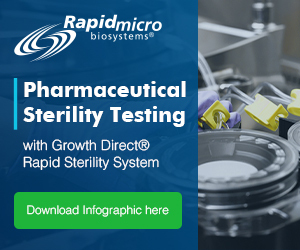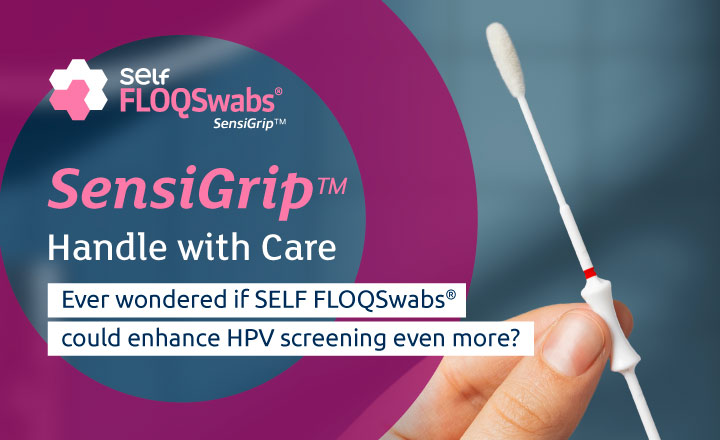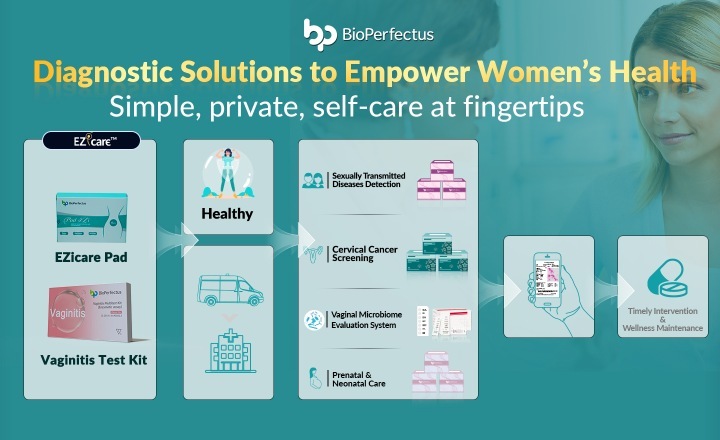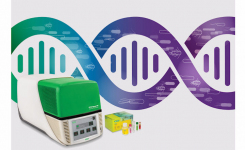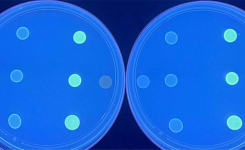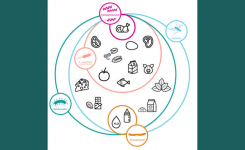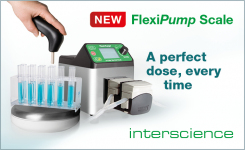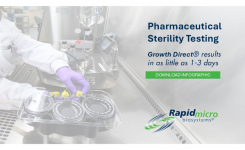A new fully-automated high throughput HPV molecular test from Becton, DIckonson and Company (BD) is now available in Europe upon receiving CE-IVD marking. The BD Onclarity™ HPV assay (Onclarity) is the first in a large suite of infectious disease assays the medtech giant aims to bring to the market which runs on their main BD COR ™ system.
Cervical cancer is among the most preventable forms of cancer and screening is an important part of early detection. A regular pap smear checks for abnormality in cells and if this is the case a clinician will need carry out a molecular pap such as Onclarity. This will check if the abnormality of the cells is due to a high risk genotype of HPV. Onclarity detects all high risk types as well as the rest of the genotypes of concern. The Onclarity system does however rely heavily on the number of copies of the genotype in the sample and so this can be influenced by stage of infection, specimen collection methods and or the presence of interfering factors.
The Onclarity system is fully automated from the pre-analytical processing stage of liquid based cytology vials through to the diagnostic test result thus eliminating error prone technologist interaction and replacing this process with automated ones and the system can be tailored to the size of workload of each laboratory.
The World Health Organization lists cancer screening as a priority and upcoming changes in government policies that incorporate HPV tests into cervical cancer and pre-cancer screening predicted to improve across Europe in the next decade. Alison Casey, Medical Devices Analyst at GlobalData, comments; “GlobalData estimates that the global IVD market currently exceeds $48.08 billion and is expected to grow at a Compound Annual Growth Rate (CAGR) of 3.94 per cent to reach $63 billion by 2025”
The CE marking attained by BD is required for all in vitro diagnostics devices sold in Europe. However there are four separate groups that diseases fall into and require their own process to go through in order to attain the CE marking. These go from low risk to high, with low risk requiring no independent assessment from a certified body and simply a declaration by the manufactures to say they have complied with the requirements set out in the CE- IVD Directive. A new classification system is being developed at present at will be in force in 2022, placing HPV in a high risk category.
Note: This content has been edited by a rapidmicrobiology staff writer for style and content.



